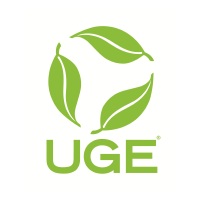
UGE
UGE delivers immediate energy savings to businesses through tailored solar and storage solutions. We help commercial and industrial clients become more competitive through the low cost of distributed renewable energy. With over 340 MW of experience globally, we work daily to power a more sustainable world. Visit us at www.ugei.com.